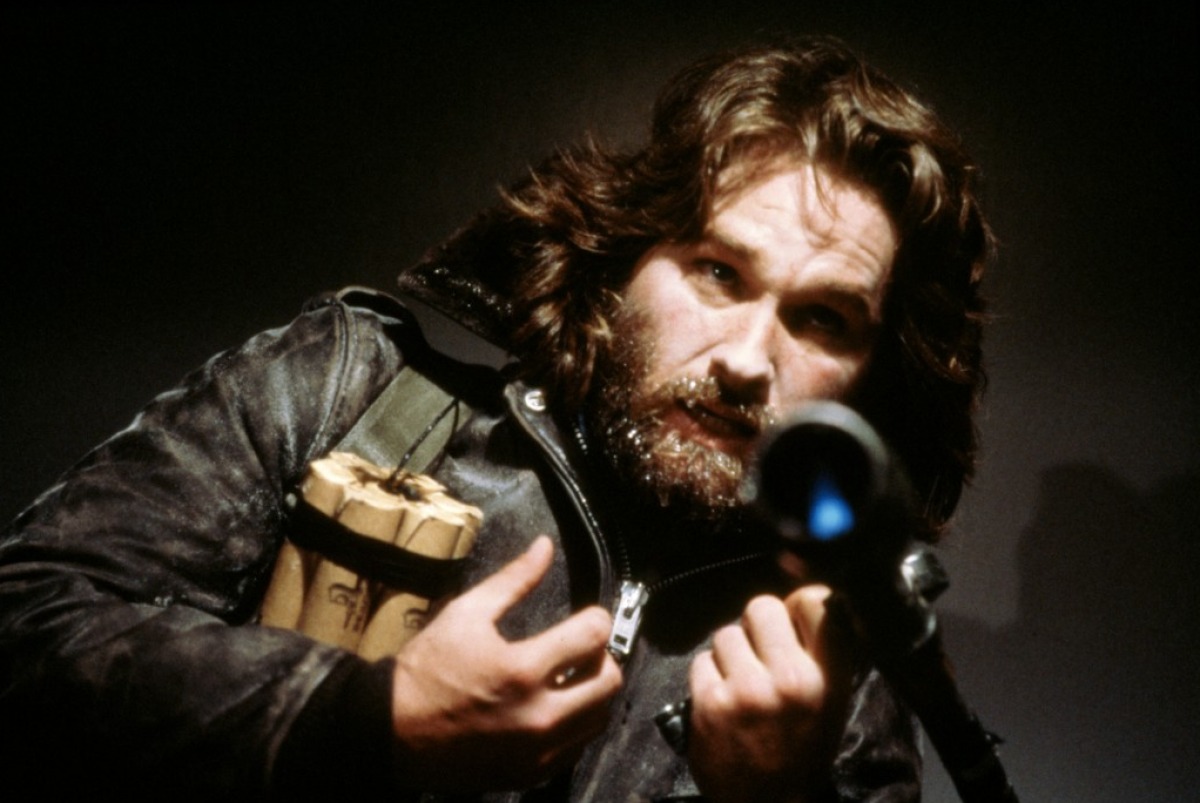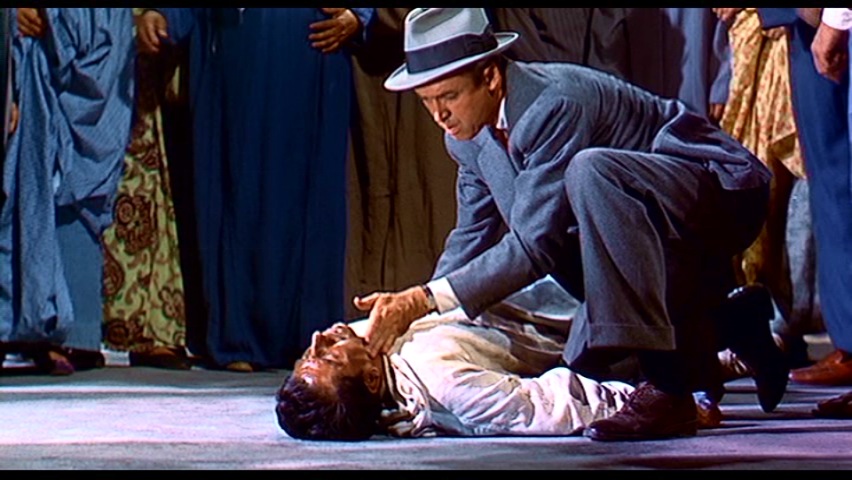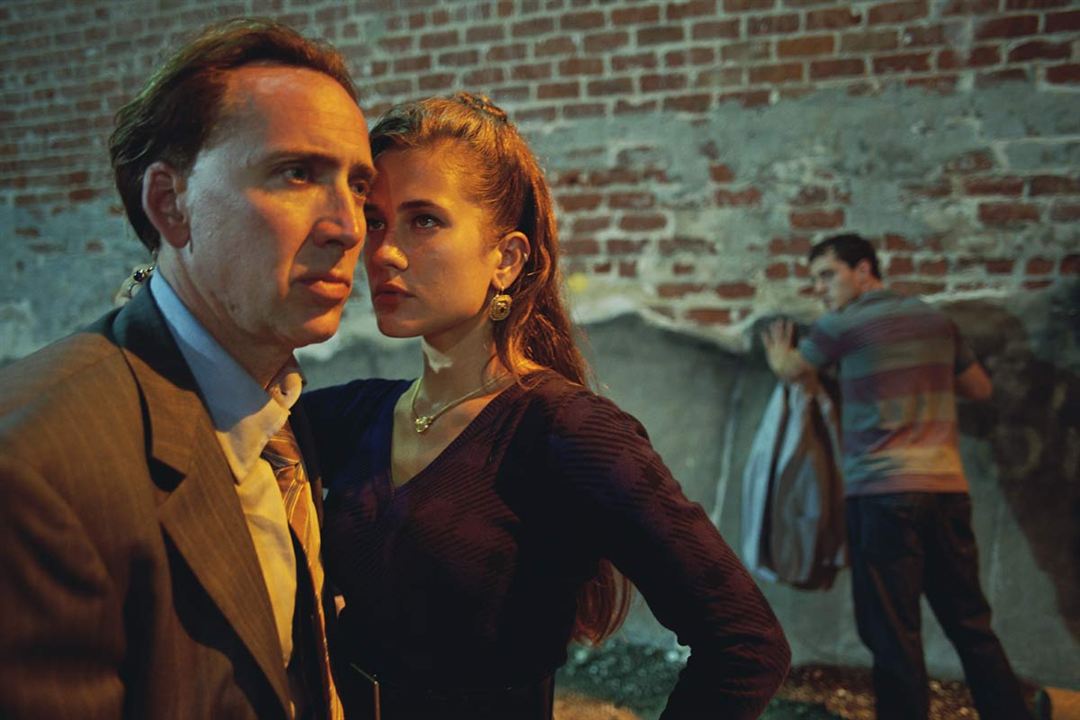5. The Thing (1982)

The Thing is a cornerstone of sci-fi horror cinema. When it was released it got mostly scathing reviews, and was derided for its tone and approach to the story. Additionally, for some reason the audience immediately disliked the movie or paid little attention to it.
Things have changed through the years, and The Thing has found its rightful place among the masterpieces of the genre, and more generally its wonderful special effects and story pace have influenced countless movies. Carpenter suffered from the initial reception of the film, stating that “Even the original movie’s director, Christian Nyby, was dissing me.”
Carpenter was referring to the original “The Thing” film, which was called “The Thing from Another World” (1951). Carpenter’s film is a sort of remake of the original, with the difference that it gives much more attention to the story the first film was based on, Who Goes There? by John W. Campbell Jr.
The two films have very different styles, mainly because of a different adaptation of Campbell Jr.’s story: in the 1951 version the alien has an humanoid form and plant-based life, while in Carpenter’s version, which follows more closely the original short story, the alien is shape-shifting and telepathic, making for a more interesting antagonist and plot.
4. Scarface (1983)

51 years passed between the first Scarface and its remake. The 1983 version has become so iconic, quoted and popularly recognizable that casual movie fans may not know about the original 1932 version. The first Scarface was produced by Howard Hughes and directed by Howard Hawks and can be considered the quintessential gangster movie, at least from the classic era of cinema.
It tells the story of Tony Camonte and his rise to power among the criminals in Chicago. Tony’s life is modeled after Al Capone’s; Scarface is a realistic depiction of the criminal world of the ‘20s and ‘30s, to the point that it was heavily censored and also given the alternative title “The Shame of a Nation”, in order to avoid any ambiguity about the morality of the picture.
Decades later, a new Scarface was made, directed by Brian DePalma from a script by Oliver Stone. It is technically a remake, since both films tell the story of a criminal who gains power in the criminal world and becomes an extremely powerful man, until he falls to the weight of his own power.
Of course, the story of the remake was set during the ‘80s so it needed a more contemporary kind of criminal; for this reason, the chosen location became Miami, Florida, and its extensive drug traffic. The films are two completely different things in their execution of the story, but tell the same kind of story, and both maintain some common elements, like the ironic “The World Is Yours” sign both protagonists see.
3. The Man Who Knew Too Much (1956)

“Let’s say the first version is the work of a talented amateur and the second was made by a professional.” This is a quote by Alfred Hitchcock to Francois Truffaut during his famous 1967 interview. It regards the two versions of The Man Who Knew Too Much made by the legendary British director.
The first one was made in 1934 and constitutes one of the best films from Hitchcock’s British period. It is a dark thriller set in Switzerland ad England with great performances by Peter Lorre (the villain, of course) and Leslie Banks. In 1956, more than twenty years later, Hitchcock remade the film with his trusty recurring collaborator James Stewart, and Doris Day. The two films share the same title and general plot points, but are completely different.
An interesting story that proves this is the one which says that Hitchcock forbid the scriptwriter of the remake, John Michael Hayes, to watch the original. The director himself gave him indications about the plot, and then the script was written, and it obviously came out as its own thing. Initially, even if the film was a success, many still thought the original was better, but with time the 1956 version surpassed the 1934 one as the most known and appreciated. The work of a professional wins over that of a talented amateur.
2. Suspiria (2018)

Luca Guadagnino in an extremely versatile director. He adopts a particular approach for his films, making each of them unique and always quite different from the one which preceded it. This is the reason why when he announced he was working on a remake of Suspiria nobody really knew what kind of picture would eventually come out.
Suspiria is an horror classic from the ‘70s directed by the Italian master of the genre, Dario Argento. Like many of Argento’s works, Suspiria was a success and gathered a cult following, mainly because of its impressive use of color and its unsettling atmosphere.
The original’s plot is quite straight-forward, and is not fundamental to the film’s structure, which prefers to rely on surprising and shocking scenes. The remake is a fundamentally different kind of picture: Guadagnino took some of the original’s plot points and developed a film with larger scale and stakes than the 1977’s version. He himself admitted that the film is not really a remake, but an homage.
The 2018 Suspiria tells the story of an American student in a prestigious German dance school secretly run by witches (like the first one did), but adds numerous references to the sociopolitical climate of the Seventies, while also enhancing the supernatural part of the story and creating even more viscerally shocking scenes. The result got mixed reactions, and is certainly not an easy film to watch in its entirety. The original, while still being gruesome and truly scary, was much more direct (and simple), thus being more watchable.
1. Bad Lieutenant: Port of Call New Orleans

This film constitutes quite a unique case in the history of remakes, and in fact could easily be left out of this list as it barely qualifies as a remake. In 1992, Abel Ferrara directed the first Bad Lieutenant, starring Harvey Keitel as a corrupt, deranged New York cop who works on a number of cases while using drugs and taking advantage of his position in every way possible.
In 2009, Werner Herzog directed the second Bad Lieutenant, starring Nicholas Cage as a corrupt, deranged New Orleans cop who works on a number of cases while using drugs and taking advantage of his position in every way possible.
Sounds like a legitimate remake, doesn’t it? Instead, the release of Herzog’s film came with a series of statements by the legendary director about the fact that he did not see the original film, or even know about Ferrara as a director. These statements should be taken with a grain of salt, but it is a fact that Ferrara hated the new film’s very existence, presumably seeing it as a lack of respect for his original film.
It has to be said that the two films differ completely, except for the general characterization of the protagonist. The second Bad Lieutenant film still has a very strong connection to the original, and if it is not a canonical remake, it can be said to be a “re-invention”.